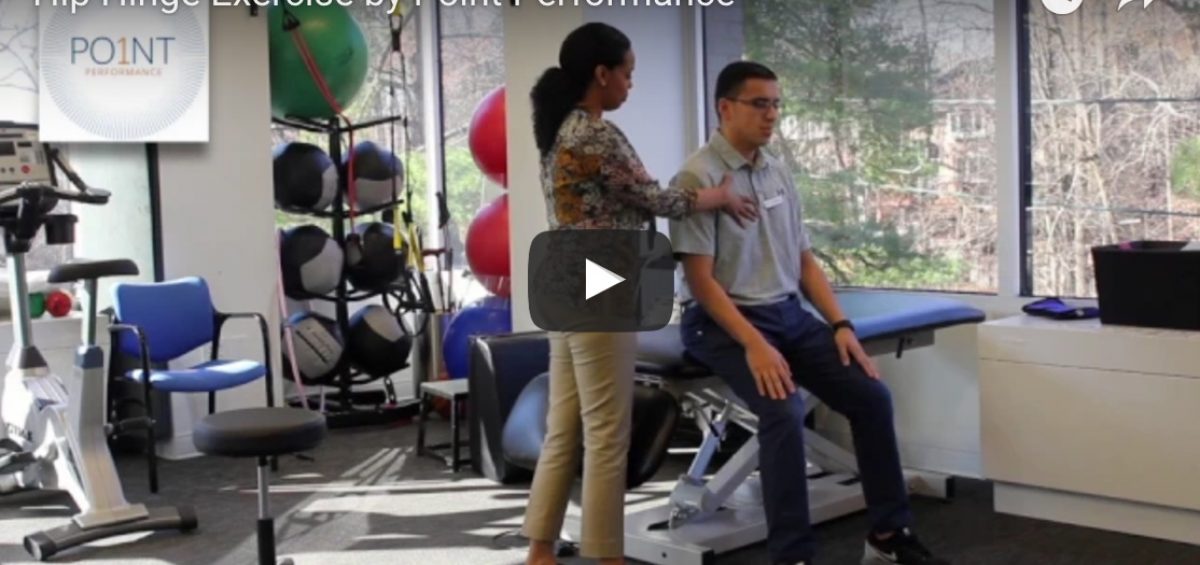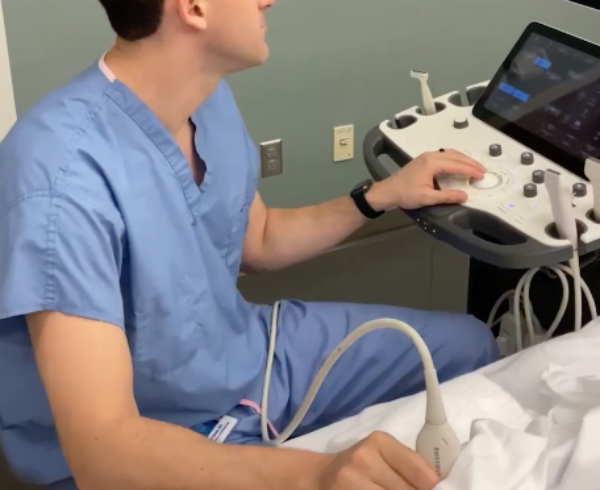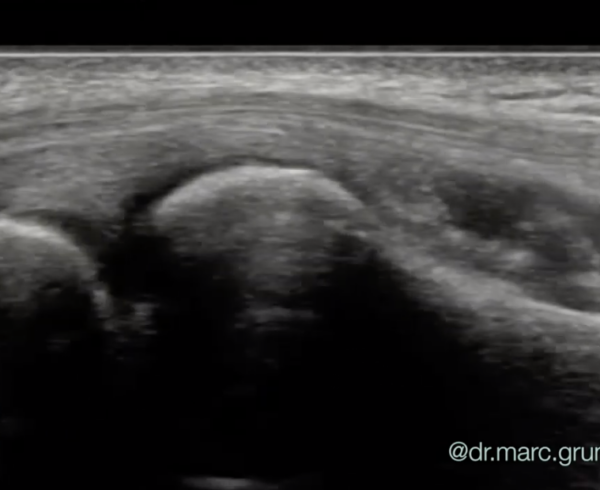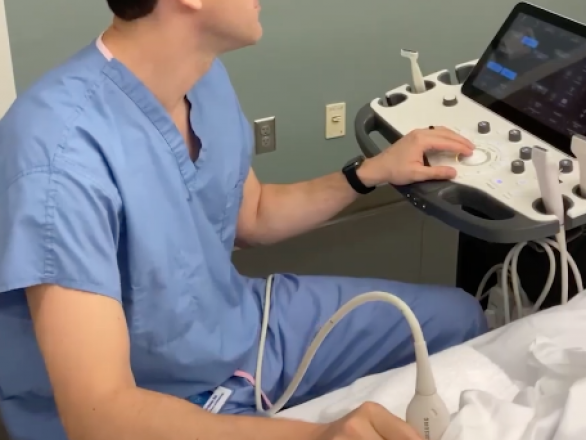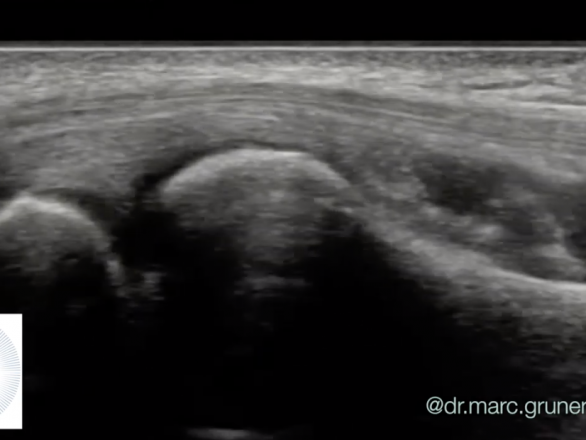Ever feel a little ache in the back from lifting or squatting? It’s likely that your spine isn’t in a neutral position and you are, in fact, pulling on your muscles to help through these exercises. You’ll notice it when you’re working out or even doing regular tasks like shoveling snow or carrying groceries.
In this video, Point Performance therapist Michal Tekle, DPT, demonstrates a hip hinge. Hip hinge is an exercise that involves flexion and extension movement through your hips. The goal is to keep your spine in neutral throughout the movement. It reduces stress on the lower back during squatting or lifting activities.
In a seated position: keep your hips higher than your knees. Bend forward with your hips, not back, while transferring weight through your legs. When returning to sitting up, push off with your feet. Maintain your spine in neutral throughout the entire movement.

